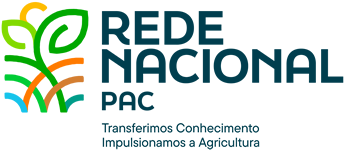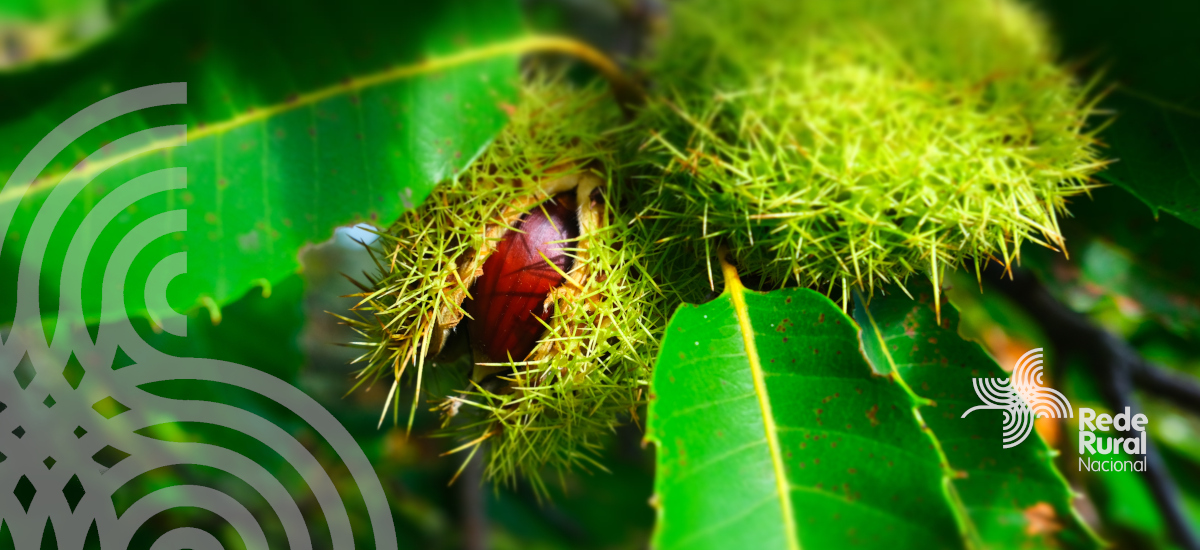European forests are seen as a clear example of vegetation rebound in the Northern Hemisphere; recovering in area and growing stock since the 1950s, after centuries of stock decline and
...This paper is the outcome of a group discussion held at the Savonlinna meeting 'Management of forest ecosystems and its impact on the GHG budget'. The aim of this break-out group discussion was
...Extensive cattle production currently occupies more than 27% of the rural landscapes in Latin America, and continues to expand. This activity, deeply rooted in the culture and rural economy of
...Achieving food security in the face of climate change is a major challenge for humanity in the 21st century but comprehensive analyses of climate change impacts, including global market feedbacks
...Increases in temperature, as already observed and simulated by General and Regional Circulation Model (RCMs and GCMs) in the Mediterranean basin, are expected to have a great impact on
...Refugia have long been studied from paleontological and biogeographical perspectives to understand how populations persisted during past periods of unfavorable climate. Recently, researchers have
...Every year approximately half a million hectares of land are burned by wildfires in southern Europe, causing large ecological and socio-economic impacts. Climate and land use changes in the last
...Purpose: One of the main trends in life cycle assessment (LCA) today is towards increased regionalization in inventories and impact assessment methods. LCA studies require the collection of
...Human occupation and transformation of land are a root cause of ecosystem services degradation. For example, land use (LU) and land use change (LUC) are drivers of soil organic carbon (SOC)
...Projecting the impacts of climate change on agriculture requires knowing or assuming how farmers will adapt. However, empirical estimates of the effectiveness of this private adaptation are
...
























